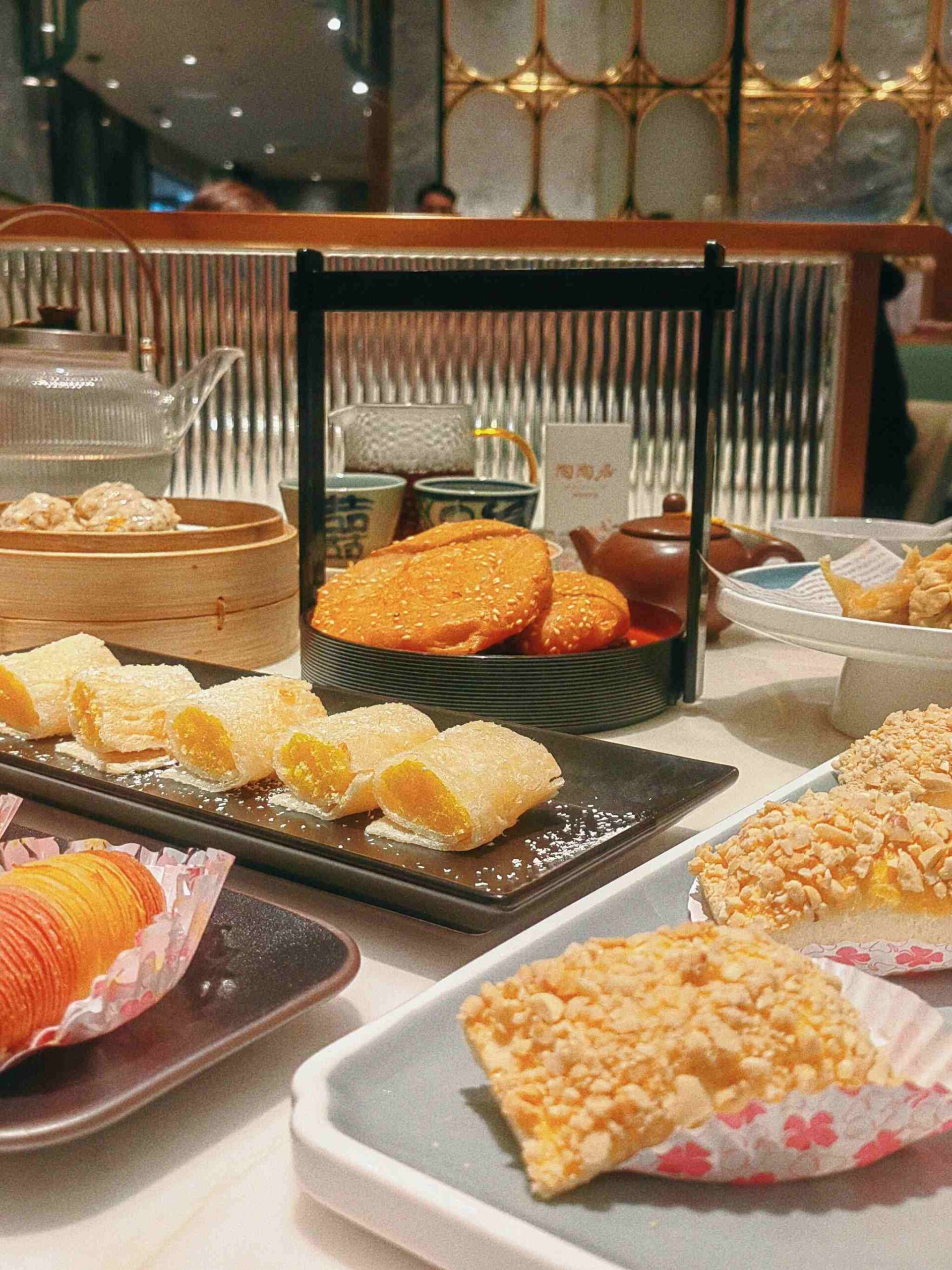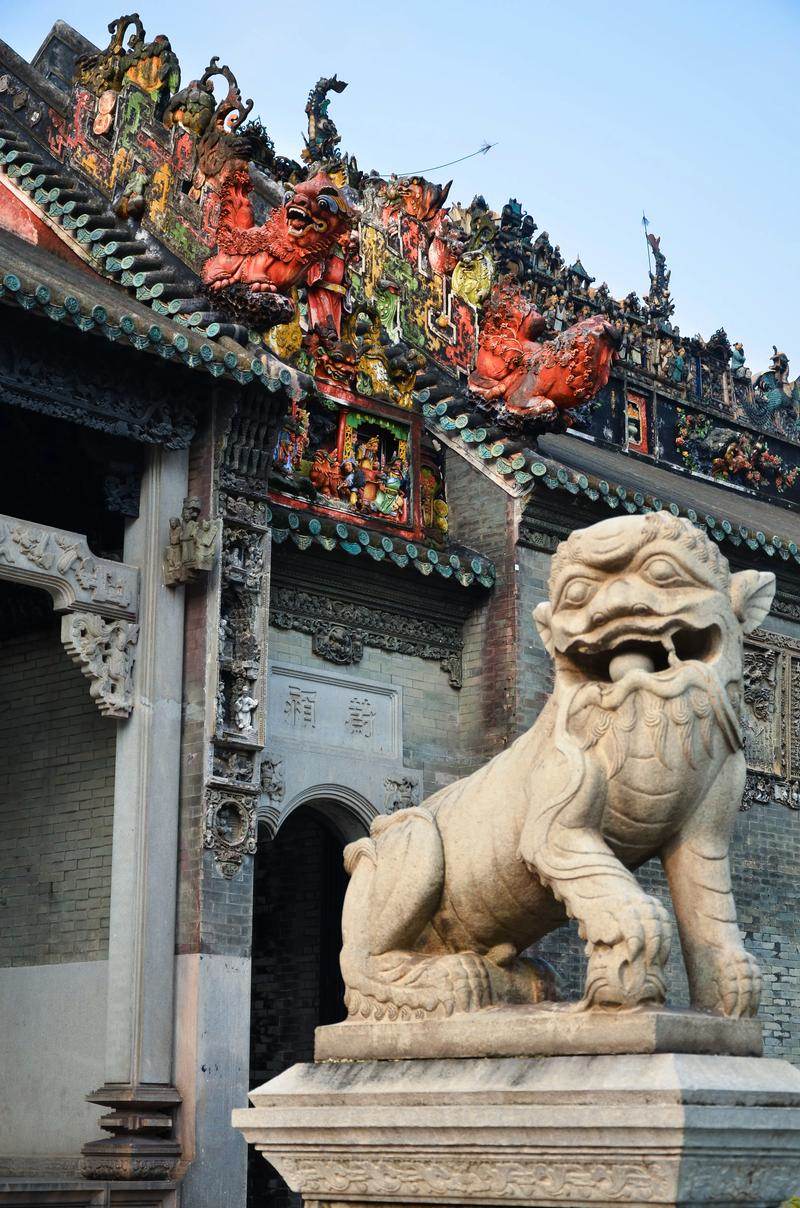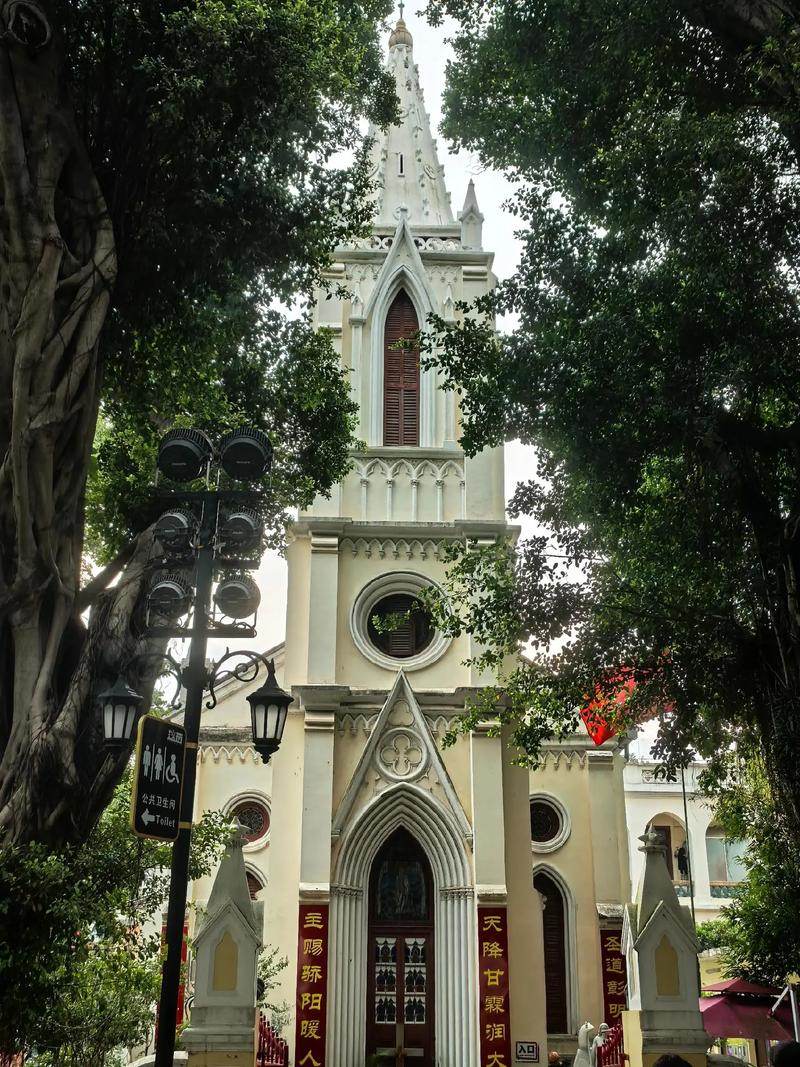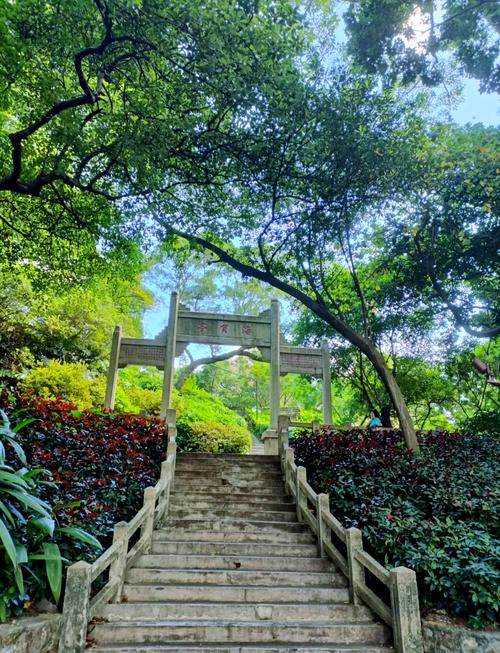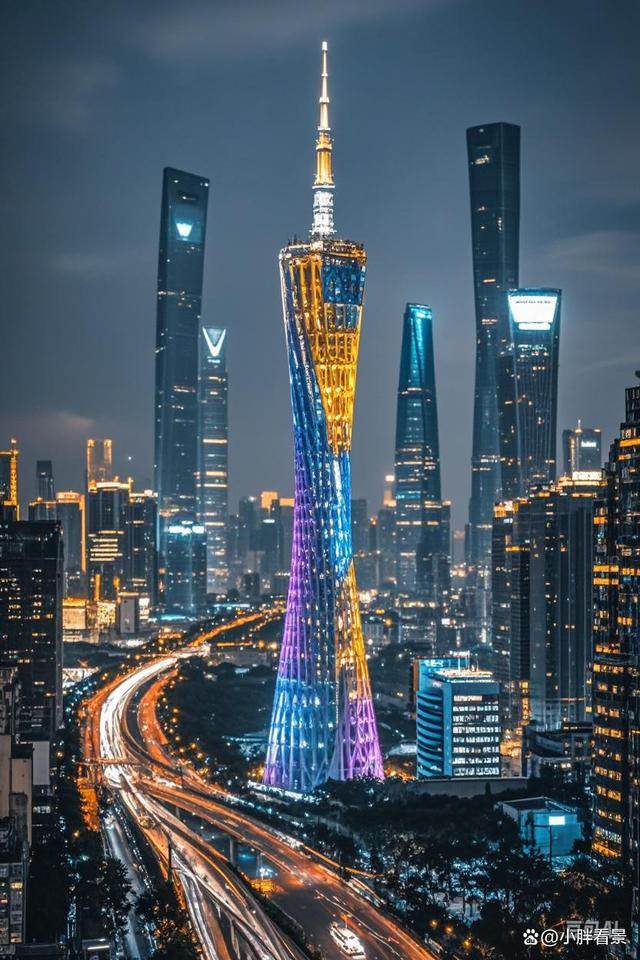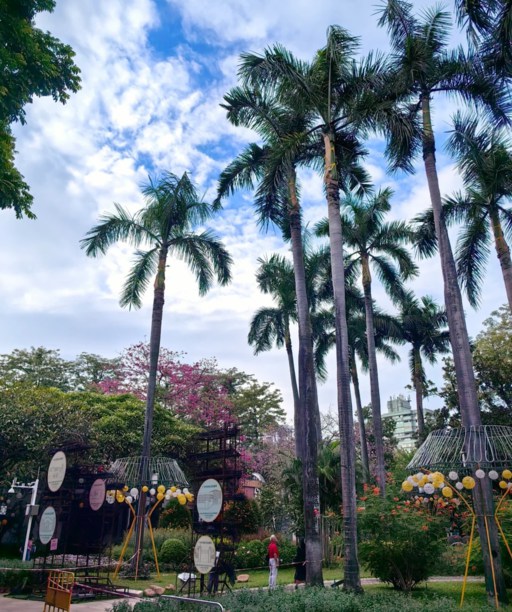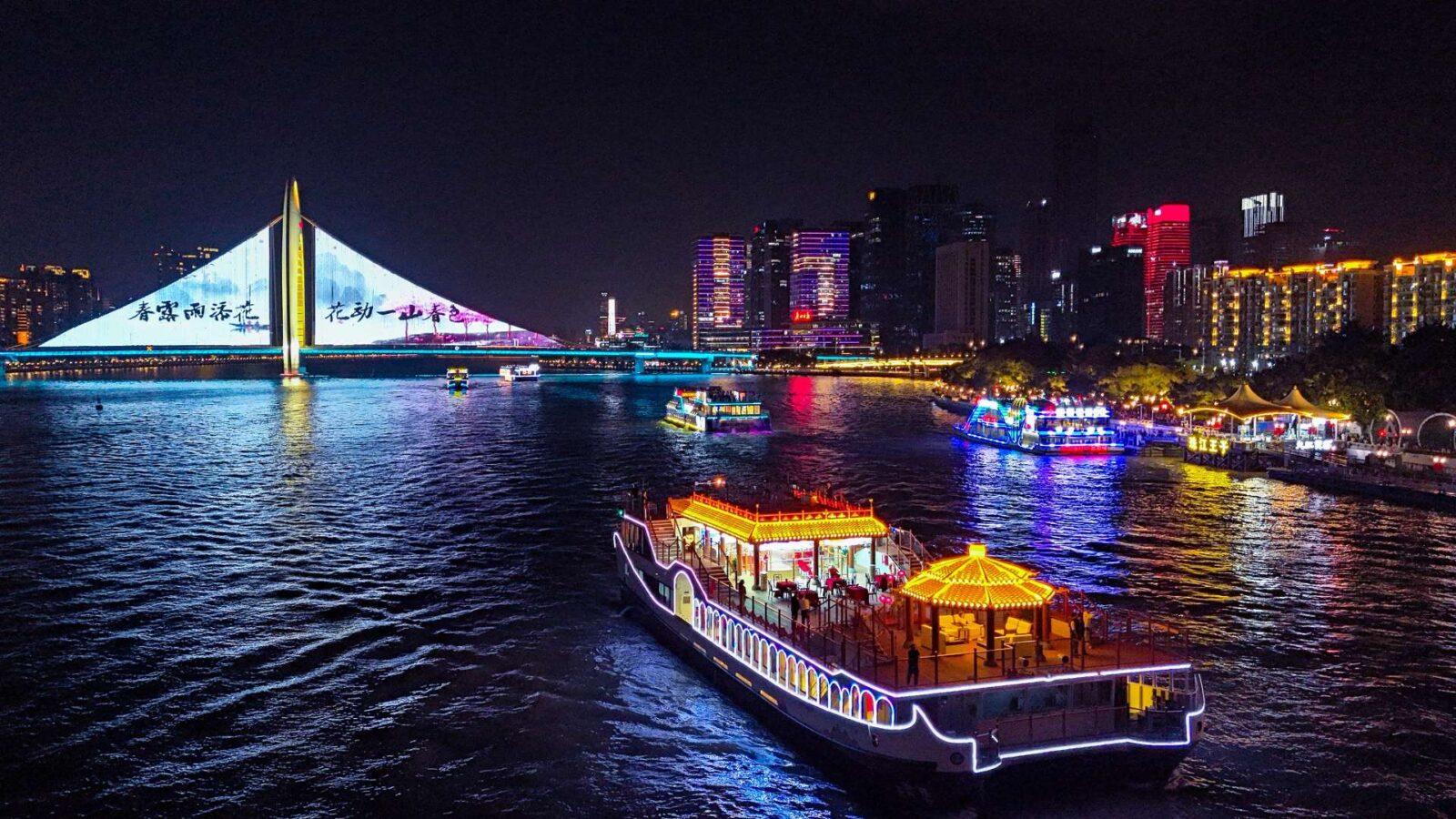Asking "where is Guangzhou?" is the beginning of a voyage of discovery. The straightforward geographical response — it’s a cosmopolitan hub in the south of the country — soon capitulates to a more complex reality. Situated on the Pearl River, close to Hong Kong and Macau, Guangzhou’s position has made it a city of history. This city has been a great trading port as well as a crossroads of disparate cultures for over 2,000 years, where people and goods from far reaches of the globe have mingled. So when you pose that question, you’re not only finding a city; you’re unearthing a living, still-being-written narrative.
Explore Guangzhou: Its Geographic Position
Guangzhou’s Geographic Position
Guangzhou, or Canton, the capital of Guangdong Province in south China. The city is on the Pearl River, which enters the South China Sea. This position makes Guangzhou the natural connection between the Chinese hinterland and the rest of the world.
Guangzhou has been one of China’s major urban centers for over 2,200 years. It mixes ancient traditions with a modern explosion of growth, drawing people from across the globe. When I strolled along the Pearl River, I could sense this blend of old and new, temples mingled with glass towers, all contributing to the city’s character.
Others also consider Guangzhou’s location appealing for broader excursions in Guangdong. The city is easily accessible from other cultural hot spots, and visitors can just as easily pop over to neighboring Foshan, home to martial arts or Shenzhen, a city for shopping and theme parks.
The Embarkment at the Mouth of the Pearl River
The city lies at the center of the Pearl River Delta, one of the world’s most densely populated regions. This delta is renowned for its industrial might, and its headlong urbanisation.
But Guangzhou’s central location has also enabled the city to expand as both a cultural and an economic bridge. It keeps China open to the world and consolidates its global role. Visitors often use Guangzhou as a base for day trips, from feasting on seafood in Zhuhai, to exploring old heritage villages nearby. On my own trip, a brief train ride transported me from a bustling city center to a hushed riverside town, illustrating the delta’s diversity.
This proximity to area charms puts Guangzhou in a great base for doing business and seeing the sights. It’s a reminder of why the city is so often called the beating heart of southern China.
Hong Kong and Macau distances
Guangzhou is 120 kilometers or so northwest of Hong Kong, and some 145 kilometers north of Macau. These relatively short distances make it convenient for you to visit Guangzhou in a multi-day trip together with a visit to Hong Kong or Macau.
There is quick access between these cities via high-speed trains, roads and ferry connections. All of this makes Guangzhou a great place to visit on a sidetrip through southern China. I traveled by train once from Hong Kong and within hours I was taking a Pearl River night cruise and seeing the skyline shine. That smooth of a ride is just another excuse to explore Guangzhou.
Closer connected to two of Asia’s most popular destinations, the city of Guangzhou is the perfect balance between convenience and culture, making the case there are really dozens of reasons to slot Guangzhou into any travel-by-news Guangdong jaunt.
Planning to mail or shop in Guangzhou? Check Guangzhou Zip Code 2025: Unlock Travel Secrets and Avoid Delivery Traps
Experience Guangzhou: The City's Sights
Modern Icons and City Views
Canton Tower is the highest structure in Guangzhou and one of the most spectacular landmarks in China. The views from afar over the city skyline and the Pearl River, especially at night and aglow with colored lights, are vast.
There are dining establishments from which to enjoy the view as well as an observation wheel up top. Looking out from the observation deck, I felt as though the whole city expanded infinitely in every direction.
The Pearl River Night Cruise is another favorite. Boats cruise by illuminated bridges and skyscrapers, the luminous Canton Tower among them. For many first‑time visitors, this evening event is one of the most unforgettable moments.
Parks and Historic Streets
The largest park in the city is Yuexiu Park which contains the Five Rams Statue and several other attractions. Residents come here for tai chi and walks, making it an excellent spot to get a sense of Guangzhou’s daily rhythm. Just seeing families walking under large trees was a peek into local life that wasn’t a clogged artery of traffic.
Nearby Shamian Island has colonial buildings, churches and tree-shaded streets. Quieter than the bustling downtown, it offers a peek at the city’s past. Wandering the island felt like stepping back in time, but with cafes and shops to keep it vibrant for today’s guests.
Strolling through these districts provides a sense of modern and historic Guangzhou. They are metro-accessible and can comfortably be slotted into a half‑day itinerary, so scenic, so practical, a double-bonus.
If you’re hunting for peaceful escapes in Guangzhou, you’ll love Shamian Island Guangzhou: A Complete Guide to This Historic Guangzhou Attraction
Culture and Food
Chen Clan Ancestral Hall Museum, which features ornately carved woodwork and pottery in the style of traditional folk art. It’s a gem for anyone who loves history and design. I can still remember the beautiful woodwork which was so lifelike in detail.
For food fans, a Cantonese dim sum is definitely worth a try. Dumplings, buns and sweets are served at teahouses citywide until early afternoon. Popular venues such as Tao Tao Ju are the go-to choices for locals and tourists. At a round table crowded with steaming baskets, I saw why locals consider yum cha a way of life, not just a meal.
Combined, these cultural stops and food experiences exemplify how Guangzhou mixes heritage with living traditions, ensuring every visit comes laced with variety and flavor.
Understand Guangzhou: Its Key Role
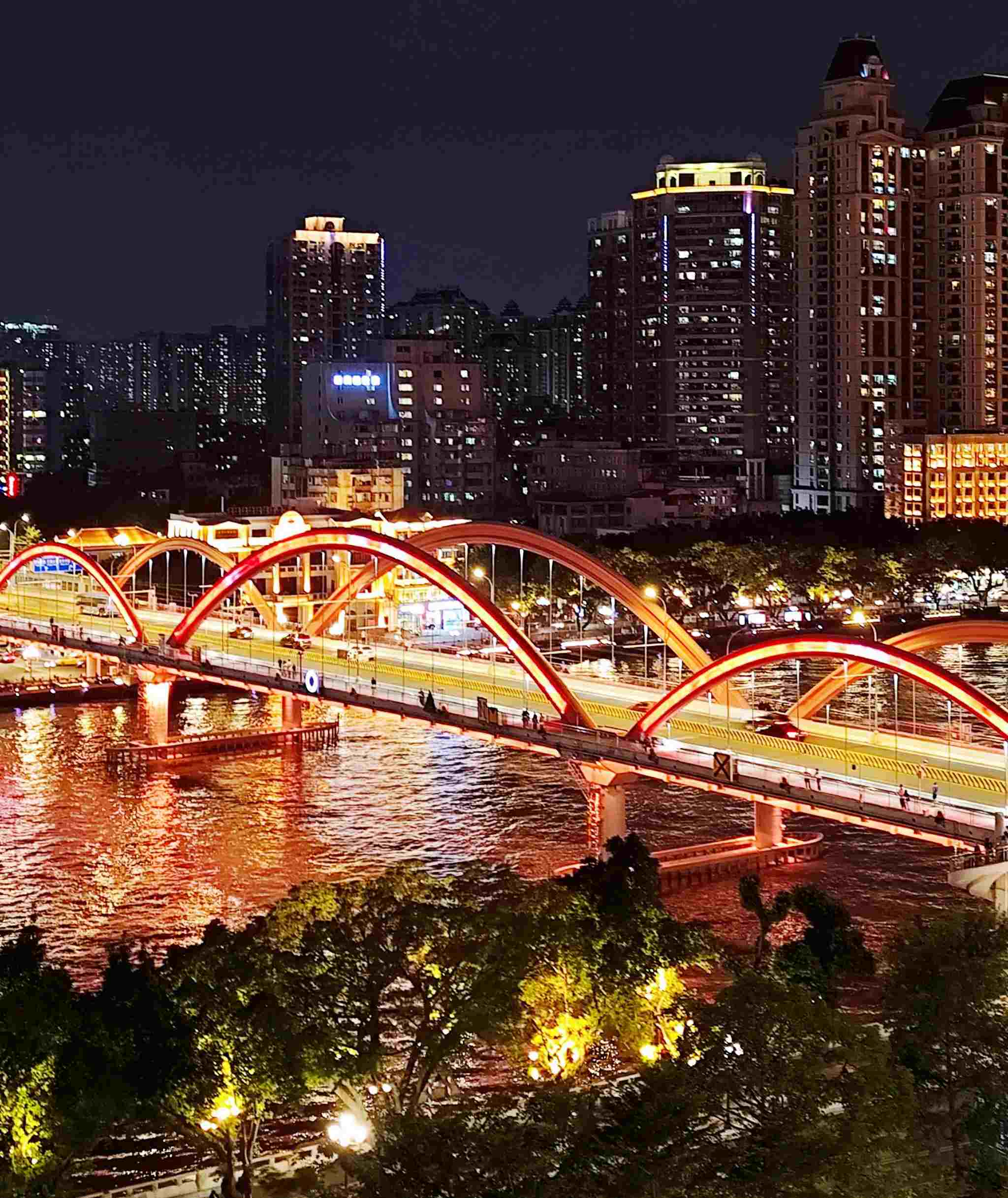
Pearl River
Administrative and Economic Importance
Guangzhou is not just one of the largest city in China, but also the capital city of Guandong. It is southern China’s administrative share and an international trading hub.
Its economy includes finance, technology, manufacturing, and the cultural industry. Each year, millions of students and entrepreneurs and professionals who hope to tap into its expanding opportunities are lured here. Modern developments also include luxury shopping malls and bustling markets such as Beijing Road and Shangxiajiu. Strolling around these markets, I tasted the street snacks and shopped local.
The Pearl River and Its Port
The Pearl River can be thanked for much of the city’s expansion. This broad river has been an artery for shipping and commerce for centuries, connecting Guangzhou to the South China Sea and farther afield.
In the Qing dynasty, Guangzhou was the sole port allowed for foreign trade. Today it is one of the busiest in the country, providing Guangzhou with a gateway to the world and enabling it to live up to its status as a global trading behemoth. The Pearl River is also a scenic highlight for many, particularly during evening boat rides. Seeing the skyline reflected in the water also helped me understand why Guangzhou had long prospered here.
Transportation Hub
Guangzhou Baiyun International Airport, one of the country’s busiest, is not far. It has direct flights to cities in Asia, Europe and North America.
The high-speed rail connection provides links to Beijing, Shanghai and Hong Kong in a matter of hours. This schedules travel easy for anyone traveling through Guangzhou. Attractions such as Chimelong Safari Park or Canton Tower can be accessed by train from those stations. For my last trip, I hopped on a metro train and was shopping on Beijing Road, which was quick and easy.
Trace Guangzhou: Its History
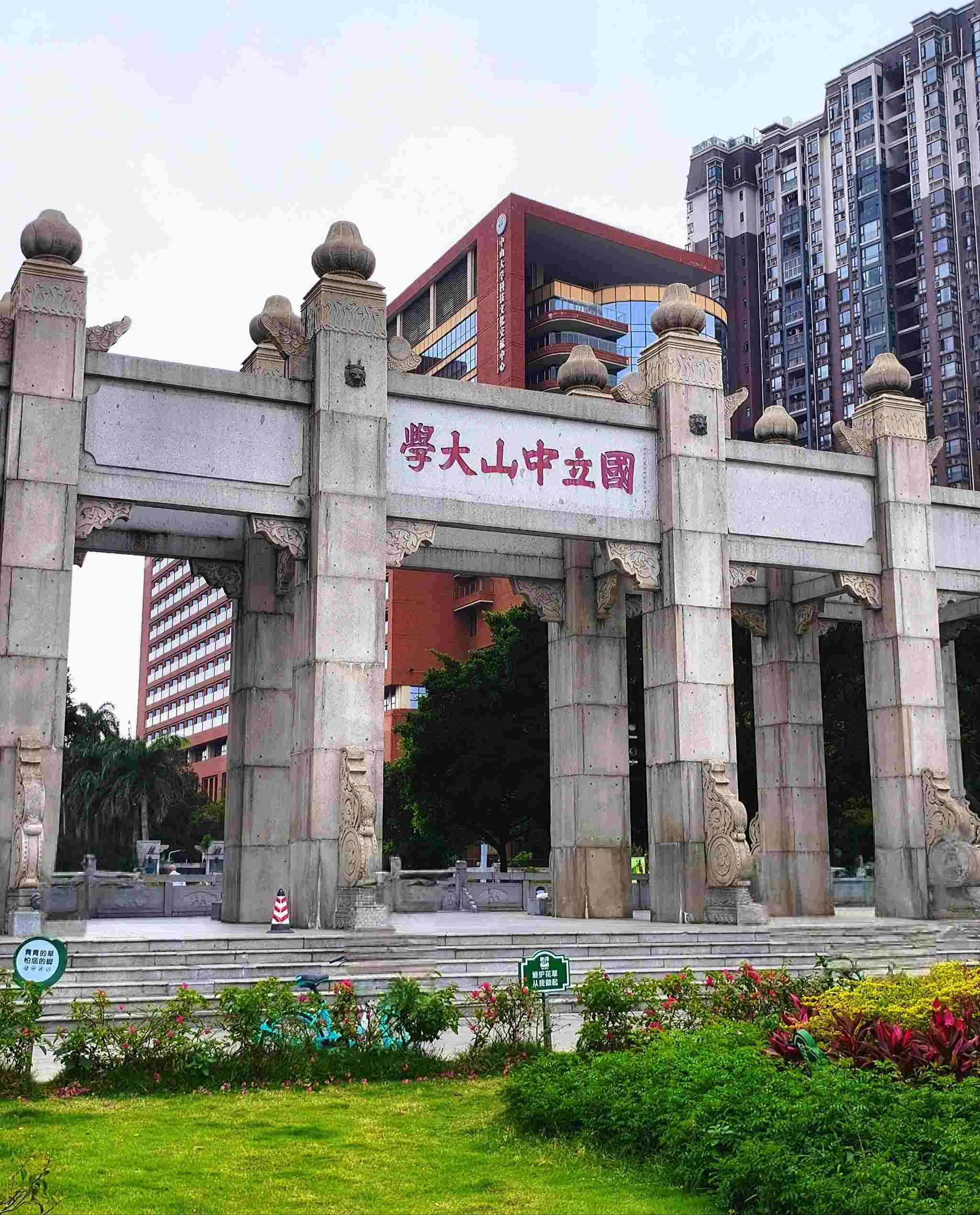
Sun Yat-sen University
Historical and Cultural Roots
Guangzhou, which was founded more than 2,200 years ago, was a significant stop on the Maritime Silk Road. In the West, this area is known as Canton and it developed unique traditions in culture, cuisine, and opera.
The nicknames “City of Rams” and “City of Flowers” underscore its character. Temples, old streets and legends recount its past, with history easy to see while taking a walk throughout the city. Two of the best-known historic buildings, the Temple of the Six Banyan Trees and the Huaisheng Mosque, got me a little closer to the city’s soul.
Modern Development and Global Status
Today Guangzhou is the core city of the Guangdong-Hong Kong-Macau Greater Bay Area. This is the most dynamic city in the world in the fastest growing region in the world.
Twice-yearly posts about the Canton Fair: The fair draws business people from all over the planet. It emphasises Guangzhou’s existence as a trading city, and links the city to international markets. In fair weather hotels and transport are very busy so plan ahead.
Education and Technology Powerhouse
Guangzhou also has some of China’s top universities, including Sun Yat-sen University. Many of these schools draw students from elsewhere in China and from other countries, so that education is an important element of the city’s character.
Studies, science and technology, not to mention innovation, have made Guangzhou a modern hub. Contemporary and progression minded, it provides for beginners and established professionals. Science City and tech parks in Tianhe District contribute to the modern essence of the city.
Plan Your Visit: Practical Tips
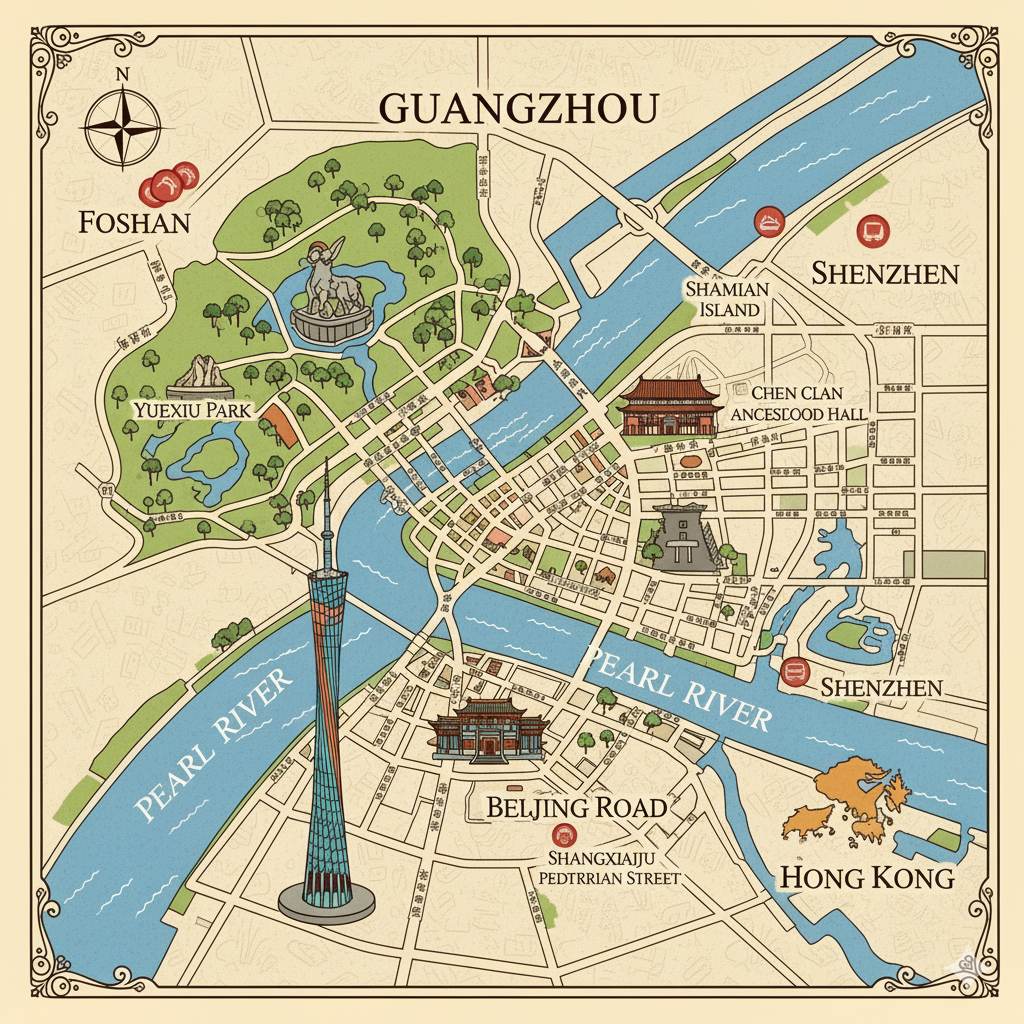
guangzhou
Eating and Drinking
Guangzhou is known for Cantonese cuisine, and trying dim sum is essential. Morning tea houses like Tao Tao Ju or Panxi serve dumplings, buns, and desserts until early afternoon. Food delivery apps such as Meituan and Ele.me are useful for meals at your hotel. Checking reviews on Dianping helped me find hidden restaurants worth trying.
Tip: plan one meal in a traditional teahouse and use mobile apps to explore more local spots. This adds flavor and helps you understand Guangzhou’s food culture.
Accommodation and Transport
The city offers hotels ranging from international chains to budget stays. For booking, CTrip and Booking.com are reliable platforms with English support. The metro remains the fastest way to move around, with fares from 2 to 21 RMB. Taxi-hailing apps like Didi make short trips easier when traveling with luggage or late at night.
Tip: stay near a metro line to save time. Apps like MetroMan or Baidu Maps help plan routes to key attractions. I used Baidu Maps often, and it guided me smoothly from Shamian Island to Canton Tower.
Shopping and Payments
Popular shopping streets include Beijing Road and Shangxiajiu Pedestrian Street, where you can find fashion, souvenirs, and street snacks. Major malls like Taikoo Hui also host international brands. Mobile payments such as WeChat Pay and Alipay are widely accepted, but cash is still useful in markets.
Tip: set up WeChat Pay or Alipay before arrival. Carry small notes for street food stalls and keep both cash and card options ready. Using trusted tools makes shopping and paying smoother during your stay in Guangzhou.
FAQs: Common Travel Questions You Might Want to Know
Q: Where in China is Guangzhou?
A: Guangzhou is in the south of China and the capital of Guangdong Province. It is the Pearl River Delta, which empties into the South China Sea, turning the city into a major gateway for trade and travel. It’s in the Pearl River Delta, one of the most thriving regions of Asia. Here you can appreciate how its location cements it in relation to Hong Kong and Macau just next door, and how this physicality has made it a meeting point of culture, of history, and of the future.
Q: How Far is Guangzhou from Hong Kong?
A: Guangzhou, located approximately 120 kilometers northwest of Hong Kong, is close enough that you can go for just a day. Modern high-speed trains link the two cities in under an hour, providing painless and comfortable transport. It’s this proximity that helped make it feasible for people to easily incorporate both Guangzhou and Hong Kong in their plans. The short travel time also emphasises Guangzhou’s close connection with Hong Kong as part of a wider regional network.
Q: What is Guangzhou famous for?
A: Guangzhou is famous for its Cantonese food, international commerce and long past. The city is also the heart of dim sum culture, and food lovers come here to sample dumplings, buns and tea in teahouses so packed that they feel like a feeding frenzy. It is also home to the Canton Fair, China’s largest trade fair, which draws businesspeople from around the world. The city is also deep in history – its temples and colonial buildings offer an old-world charm to its contemporary sheen, and it’s this rich plot that makes Guangzhou the place where tradition meets growth. People also appreciate the vibrant nightlife and Pearl River cruises.
Q: Is Guangzhou safe for tourists?
A: Guangzhou is generally considered a safe destination for visitors, especially winter weary, for whom the city’s size, dirt and traffic can be overwhelming. The city has severe laws, widespread use of security cameras and an effective police presence. Visitors should be careful of petty crime, as pickpocketing can be an issue in crowded places, such as markets or locations with public transport. Typical travel sense is sufficient for the vast majority. “Locals are super friendly and it is easy to get around which makes one feel safe,” many mention. Taxis and metro rides are also cheap, and you can get everywhere on time.
Q: What language do people in Guangzhou speak?
A: Cantonese dialect, one with the most lively tones and local cultural elements, is the dominant language. Most young people and schools also speak Mandarin. If you find the time to travel around korea, you will be able to see that both languages are used on a daily basis, with english signs available in most touristy places and transportation systems. This blend can make it easier for outsiders to find common ground, but simply learning a few Cantonese greetings can also bring about smiles and more hospitality. Basic English is understood among waiters and hotel staff.
Q: When is the best time to visit Guangzhou?
A: Visiting Guangzhou It is best to visit Guangzhou between October and March. The weather is also cooler and there is less humidity making it much more pleasant to visit during this time. They’re more pleasant to visit this time of year — the temperature and humidity are more forgiving, and they tend not to be pelted by monsoon rains in summer. There are also many festivals and tradeshows during this time as well which allows people to see traditional events and international happenings. For some, the time of year adds comfort to cultural bounty. This is a good time to check out local food festivals as well.
